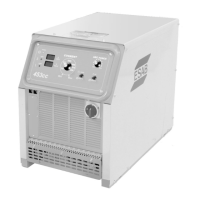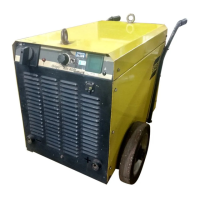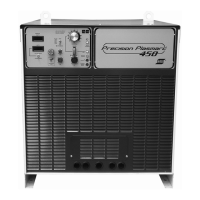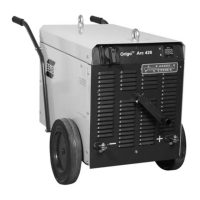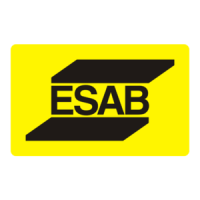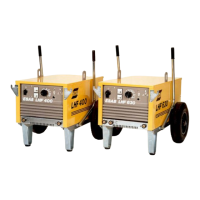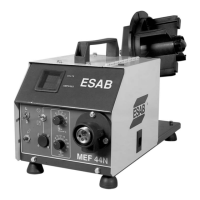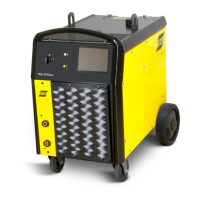Be sure this information reaches the operator.
You can get extra copies through your supplier.
INSTRUCTION MANUAL
F-15-591-A
February, 2001
453cc & 553cc
DC WELDING POWER SOURCES
These INSTRUCTIONS are for experienced operators. If you are not fully familiar with the
principles of operation and safe practices for arc welding equipment, we urge you to read our
booklet, "Precautions and Safe Practices for Arc Welding, Cutting, and Gouging," Form 52-
529. Do NOT permit untrained persons to install, operate, or maintain this equipment. Do NOT
attempt to install or operate this equipment until you have read and fully understand these
instructions. If you do not fully understand these instructions, contact your supplier for further
information. Be sure to read the Safety Precautions before installing or operating this
equipment.
This manual provides complete instructions for the following power sources:
453cc 553cc
Item No. Item No.
ESAB 230/460 vac, 3 ph., 60 Hz 453cc - 0558001274 553cc - 0558001278
ESAB 230/460/575 vac, 3ph., 60 Hz 453cc - 0558001275 553cc - 0558001279
ESAB 220/400 vac, 3 ph., 50 Hz 453cc - 0558001276 553cc - 0558001280
ESAB 220/400 vac, 3 ph., 50 Hz, CE 453cc - 0558001277 553cc - 0558001281
